As we welcome the crisp chill of the winter months and witness the transformation of the natural world, the Winter Solstice beckons us to pause and reflect.
For women, this time of year holds a special significance, offering a unique opportunity to connect deeply with nature’s rhythms and embrace the profound transformation within and around us.

The Winter Solstice, occurring on December 21st in the Northern Hemisphere and marking the shortest day and longest night of the year, is not just a pivotal astronomical occurrence but also a time rich with symbolism and ancient traditions.
In this sacred pause, as the Earth tilts away from the sun, we find a moment of stillness that allows us to introspect, set intentions for the coming year, and renew our connection with the natural world.
This celebration, observed since ancient times by cultures such as the Celtic Druids and ancient Romans, transcends the mere change of seasons.
It embodies the return of the light, the rebirth of the sun, and the promise of new beginnings.
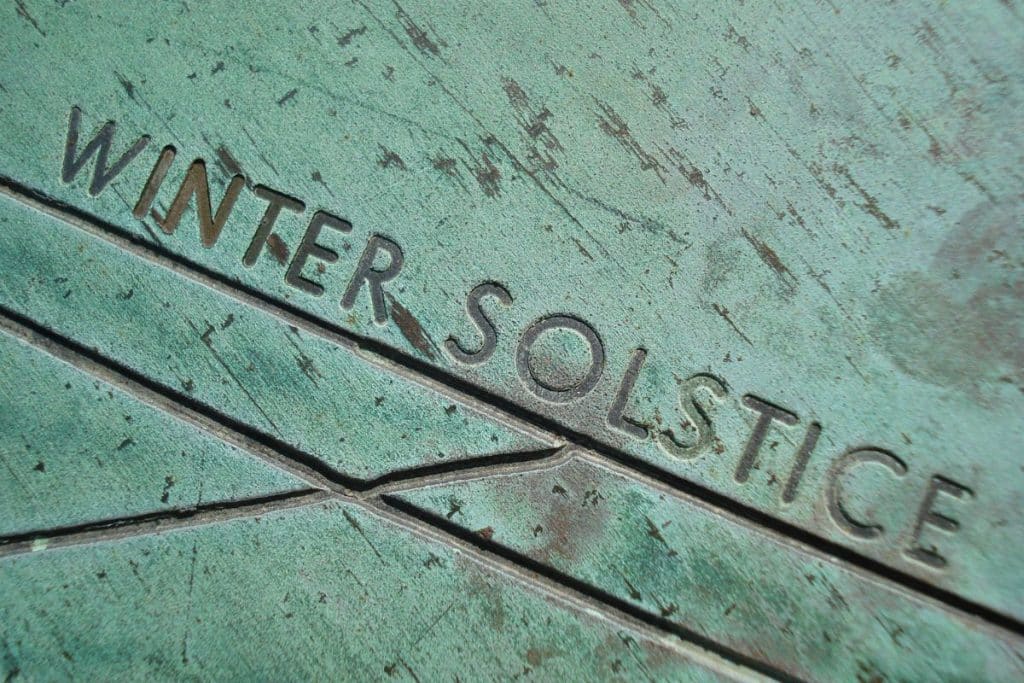
As we delve into the magical symbols of the Winter Solstice, let each symbol serve as a guide to harness the special power of this time.
Embrace these symbols not just as relics of ancient winter solstice traditions but as beacons of wisdom, good health, and eternal life.
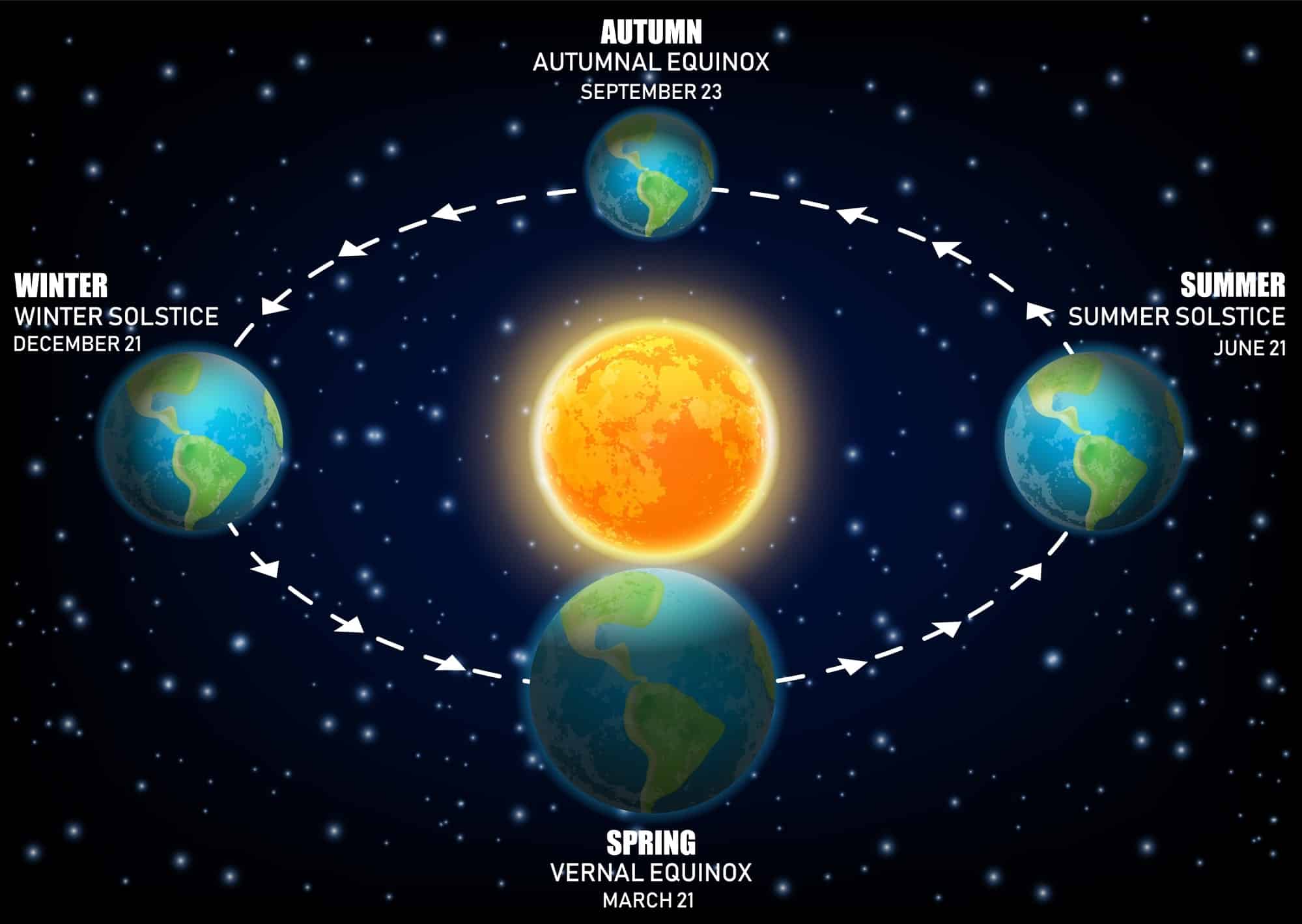
Share them with friends and loved ones as small gifts of insight and inspiration.
Let’s set out on this journey through 20 enchanting symbols that resonate with the spirit of the Winter Solstice.
1. Yule Tree
The Yule Tree, a popular Yule tradition, is an evergreen symbol of everlasting life and resilience. In ancient culture, it represented the World Tree or Tree of Life, enduring even through the harshest winter months.
Decorating a Yule or Christmas tree in our homes invites the essence of eternal life and the return of the sun into our lives.
The Yule Tree, often an evergreen, is deeply rooted in ancient culture and pagan tradition. It symbolizes the World Tree in various mythologies, connecting the heavens, earth, and underworld.
During the Winter Solstice, this symbol becomes even more potent, reminding us of life’s continuity even during the shortest day of the year. The tradition of decorating the Yule tree dates back to ancient peoples, who adorned trees with small gifts and symbols of their wishes for the coming year.
2. Holly
Holly, with its vibrant red berries and sharp leaves, symbolizes protection and good fortune. It’s often used in Winter Solstice decorations as a reminder to stay joyful and hopeful during the longest night of the year.
Holly’s sharp leaves and bright red berries are not just symbols of protection and good fortune; they represent resilience and the ability to thrive despite challenges.
In many ancient winter solstice traditions, holly was believed to guard against evil spirits during the long, dark nights. Its vibrant presence in the midst of winter is a powerful reminder of nature’s endurance.
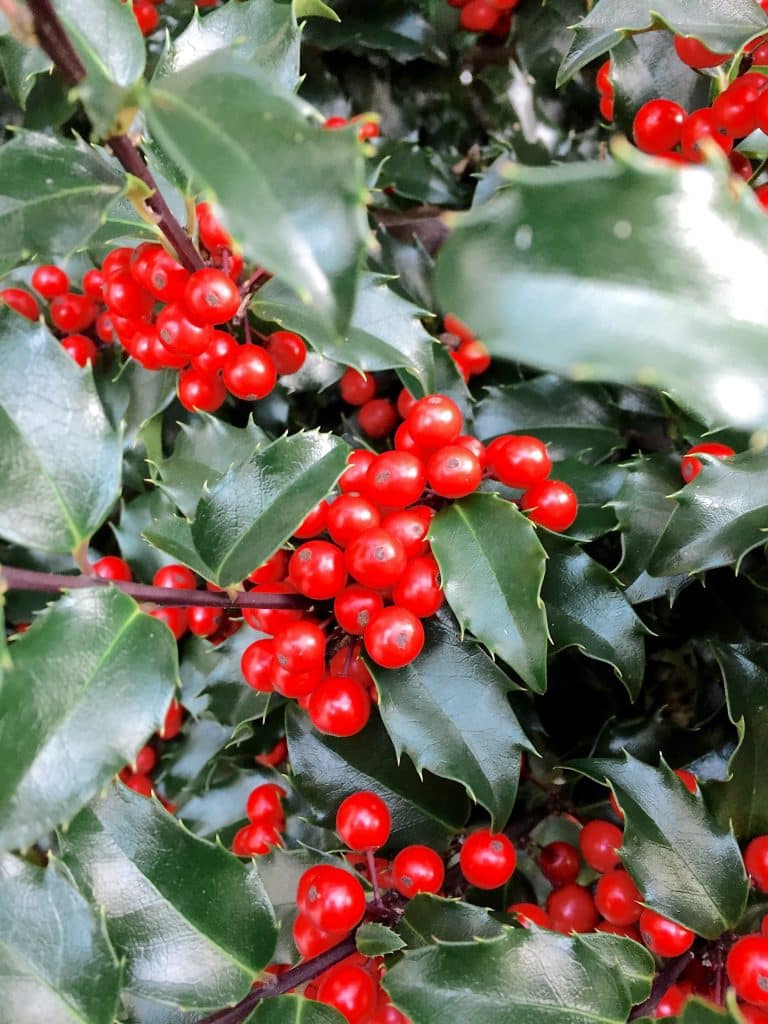
3. Holly King
In Celtic mythology, the Holly King reigns over the darker half of the year, from the Summer Solstice to the Winter Solstice. His presence during this time symbolizes the strength and wisdom required to endure and thrive in the winter season.
The Holly King, a figure in Celtic tradition, symbolizes the strength of darkness and introspection.
His reign culminates in the Winter Solstice, marking a time for us to reflect on the past year and embrace the lessons learned. The battle between the Holly King and the Oak King at solstices represents the eternal struggle between light and dark, growth and dormancy.
4. Oak King
As the counterpart to the Holly King, the Oak King represents the return of the light. He takes his throne at the Winter Solstice, symbolizing the gradual increase in daylight hours and the promise of the sun’s return.
The Oak King’s triumph at the Winter Solstice heralds the return of light and the gradual increase in daylight hours. In many ancient cultures, the Oak King was celebrated as a symbol of the returning sun and the promise of spring.
His presence reminds us of the eternal life cycle and the rebirth that follows each end.
5. Evergreen Trees
Evergreen trees, with their unchanging green leaves, symbolize the undying nature of life force, even in the depths of winter. They remind us of the continuity of life and nature’s resilience.
Evergreen trees stand as a testament to nature’s unyielding spirit. In ancient Rome, during the celebration of the Solstice, evergreen boughs were exchanged as symbols of good health and longevity.
Their green leaves, defying the winter’s harshness, inspire us to persevere through life’s challenges.
6. Mistletoe
Mistletoe, with its white berries, is revered in many cultures for its healing properties and its special power to ward off evil spirits. It’s a symbol of good cheer and a reminder of the importance of love and connection in the cold winter months.
Mistletoe, often considered the “herb of the sun,” holds a special place in Winter Solstice celebrations.
Its white berries and ability to flourish even in the coldest months symbolize life triumphing over death. In ancient Druid traditions, mistletoe was revered for its healing properties and was seen as a potent symbol of the return of the light.
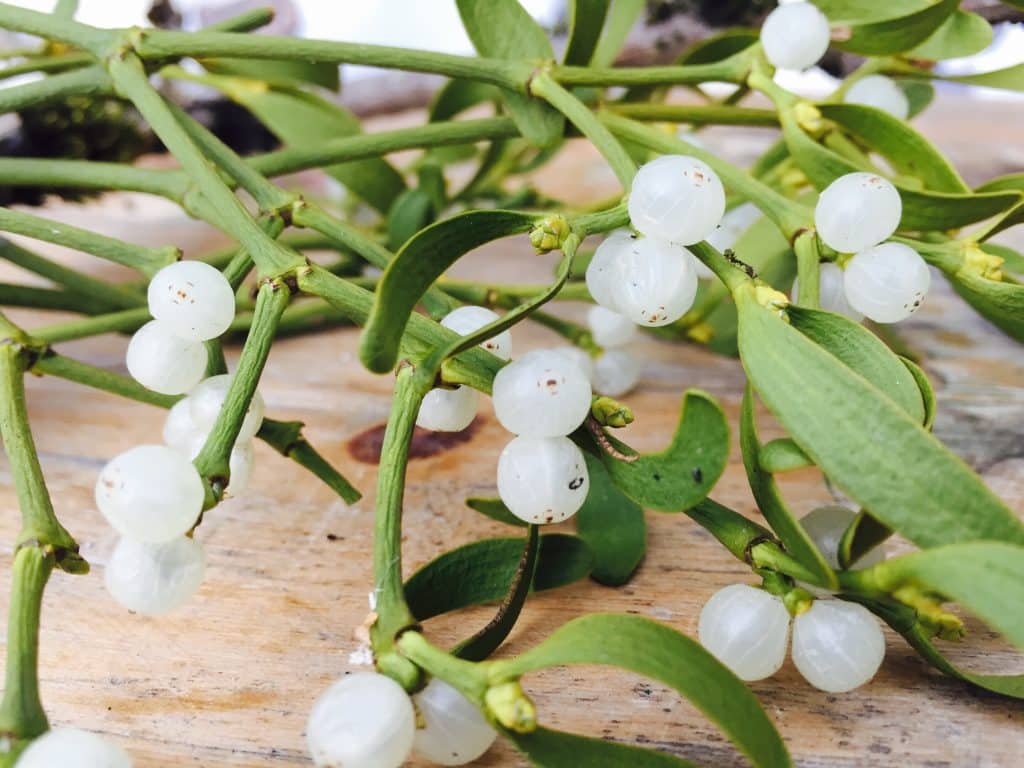
7. Yule Candle
Lighting a Yule Candle during the longest night of the year signifies the return of the light and the sun’s power over darkness. It’s a beacon of hope, guiding us through the dark to brighter days ahead.
The act of lighting a Yule Candle is steeped in tradition, dating back to ancient times when fire was central to Solstice rituals.
The flame represents the sun’s power, reminding us of the return of daylight hours and the promise of the sun’s eventual return to warm the earth. It’s a practice that illuminates our homes and hearts, guiding us through the darkest night towards a new beginning.
8. Pine Cones
Pine cones, often associated with pine trees and evergreen plants, represent the seed of new beginnings. They remind us that from the darkness of winter comes the rebirth of spring.
Pine cones, often found beneath evergreen trees, are symbols of the seeds of new beginnings and the potential for growth.
In many ancient cultures, they were used in Yule decorations as emblems of the cycle of renewal and rebirth that the Winter Solstice brings.
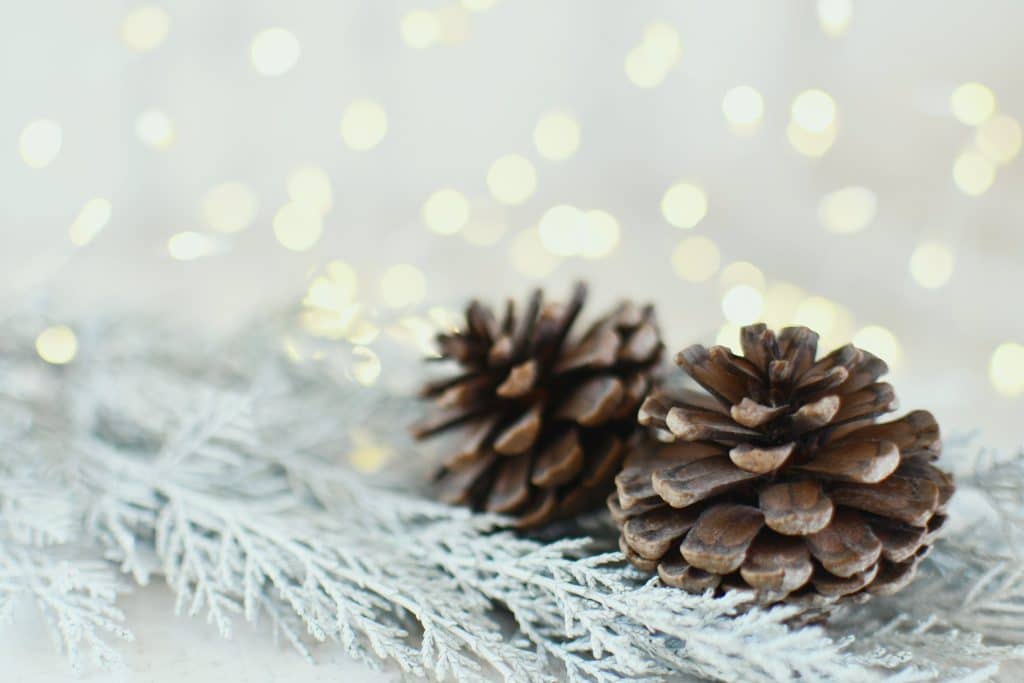
9. Ivy
Ivy, symbolizing fidelity and eternal life, clings and survives through the harshest of winters. It reminds us of our ability to persevere and find growth in even the most challenging times.
Ivy, with its ability to cling and climb, represents endurance and the interconnectedness of all life. In pagan festivals, ivy was a symbol of the eternal cycle of life and death, a reminder that life persists through all seasons.
Its presence during the Solstice is a nod to the enduring nature of the spirit.
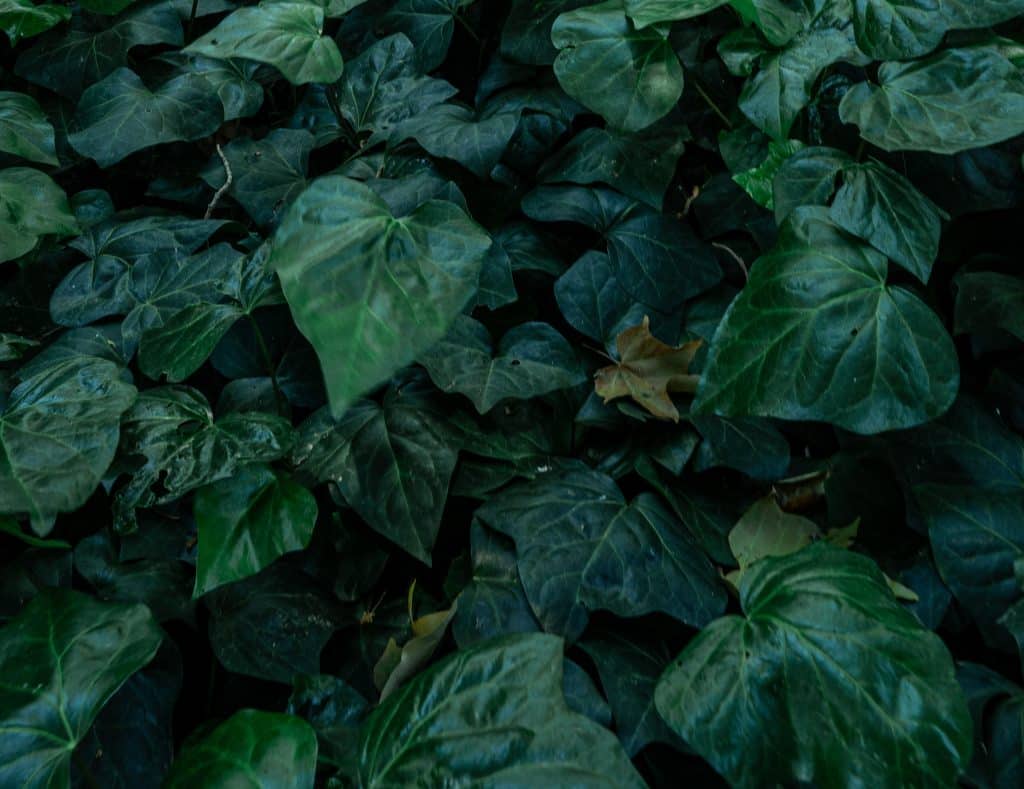
10. Laurel
Laurel, or bay leaves, are often associated with victory and success. Incorporating laurel into Solstice traditions symbolizes our triumph over the past year’s challenges and our hope for success in the new year.
Laurel, or bay leaves, have long been symbols of victory and accomplishment. In ancient Rome, laurel wreaths were awarded to victors, making them a fitting symbol for the Winter Solstice—a time when we celebrate overcoming the darkness and moving toward the light.
Adding laurel to our Solstice rituals signifies our own triumphs and the successes we aspire to in the new year.
Related: 50 Amazing Olive Branch Tattoo Designs With Meaning
11. Sage
Sage, commonly used for smudging, represents cleansing and wisdom. Burning sage during the Solstice is a practice for clearing negative energy and inviting clarity and peace.
Sage, a sacred herb in many indigenous cultures, is used in cleansing rituals to purify spaces and spirits. During the Winter Solstice, burning sage can signify the release of the old year’s energies and the welcoming of fresh, positive vibes for the coming year. It’s a practice that connects us to ancient wisdom and the natural cycles of renewal.
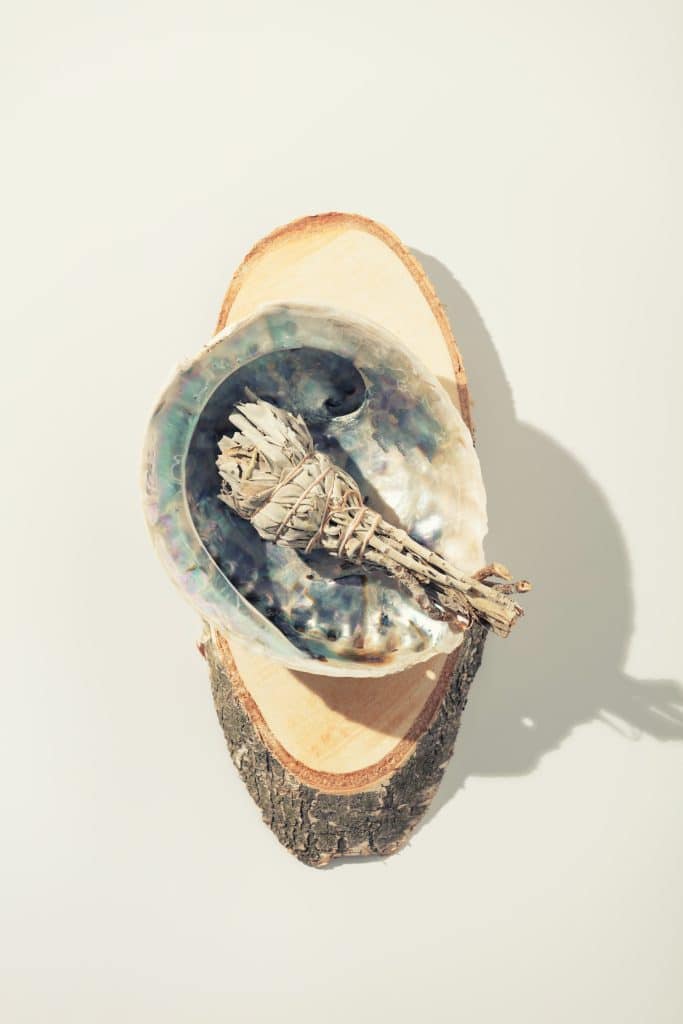
12. Yellow Cedar
Yellow Cedar, known for its longevity and strength, embodies endurance and stability. It serves as a reminder of the enduring nature of life and our connection to the ancient wisdom of the earth.
Yellow Cedar, revered by many indigenous peoples of the Pacific Northwest, symbolizes longevity, strength, and protection. Its durable wood and long life make it an apt symbol for the Winter Solstice, representing endurance through the winter and the promise of rebirth in the spring.
13. Frankincense
Frankincense, an ancient resin used in ceremonies and healing, signifies purification and introspection. Burning frankincense during the Solstice can aid in meditation and the setting of intentions.
Frankincense, used since the Neolithic period, carries with it a history of sacred use in rituals and ceremonies. Its calming scent is ideal for meditation and reflection, two key aspects of the Winter Solstice. Burning frankincense during this time can deepen our introspection, aiding us in setting heartfelt intentions for the new cycle.

14. Pine
Pine, with its refreshing scent and evergreen foliage, symbolizes rebirth and longevity. It brings the energy of renewal and resilience into our homes during the Solstice.
Pine, with its refreshing and invigorating scent, is closely associated with the holiday season and Yule traditions.
It symbolizes not only rebirth and longevity but also the resilience and steadfastness required to weather the challenges of the previous year. Bringing pine into our homes during the Solstice is a way to cleanse the air and infuse our space with the energy of renewal.
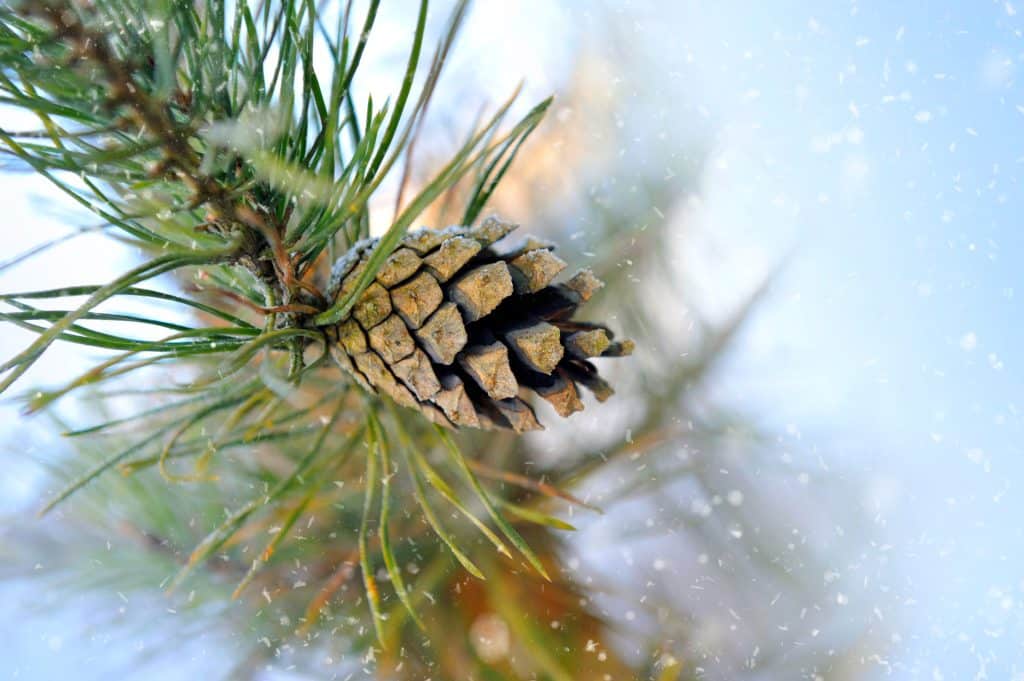
15. Bayberry
Bayberry candles, when lit, symbolize prosperity and good fortune. The tradition of burning bayberry candles on the night of the Solstice brings a promise of abundance and joy in the coming year.
The tradition of burning bayberry candles, rooted in early American folklore, is said to bring good luck and prosperity for the coming year. The act of lighting these candles on the longest night signifies our hope for a bright and abundant future, encapsulating the spirit of the Winter Solstice as a turning point from darkness to light.
16. Blessed Thistle
Blessed Thistle, used in healing and purification rituals, represents protection and spiritual healing. It’s a powerful symbol for cleansing our space and spirit as we enter the new cycle.
Blessed Thistle, a plant with a long history in folk medicine, is traditionally used for protection and healing. Its use during the Solstice can be seen as a way to safeguard our homes and loved ones, providing a spiritual shield as we transition into the new year. It represents our innate ability to heal and protect ourselves and those we care about.
17. Small Gifts
Exchanging small gifts during Yule is a way to spread joy and show appreciation for our loved ones. It’s a reminder of the importance of generosity and gratitude.
The exchange of small gifts during Yule harks back to ancient times when gifts were offered to the gods and spirits for good luck and blessings.
Today, this tradition continues as a way to express love and gratitude, fostering a sense of community and connection during the holiday season.
18. Evergreen Plants
Evergreen plants, staying lush and green throughout the winter, symbolize hope and endurance. They remind us that, even in the coldest and hardest times, life persists and thrives.
Evergreen plants, resilient through the winter months, have been a symbol of eternal life since ancient times.
They remind us that, even in the depths of winter, life endures and thrives. Incorporating evergreens into Solstice celebrations is a way to honor the continuity of life and the steadfastness of nature.
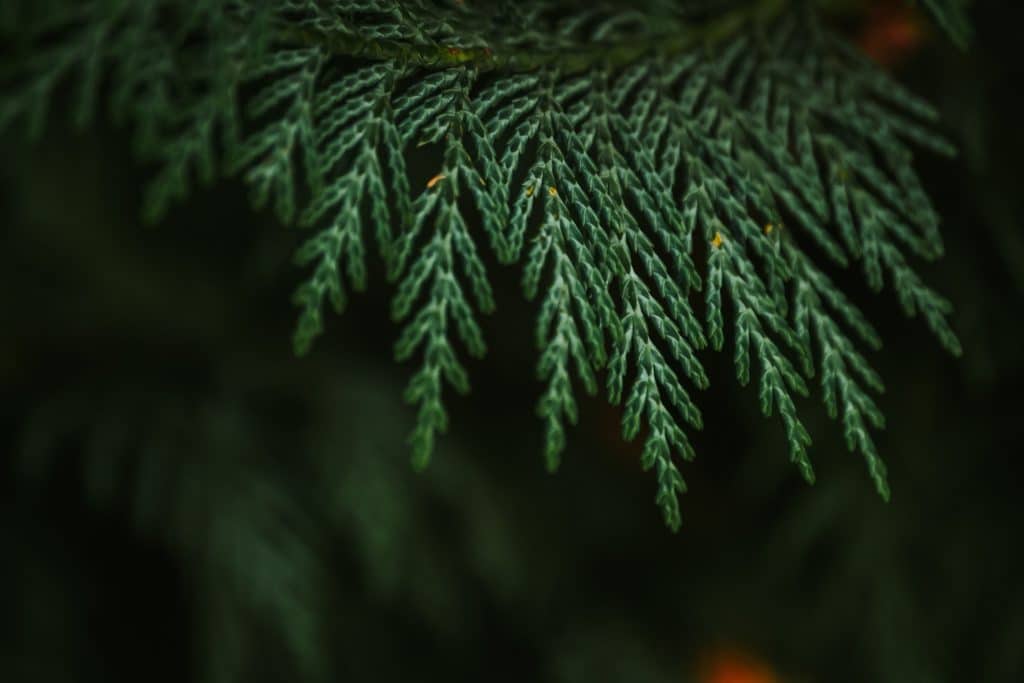
19. Green Man
The Green Man, a symbol often associated with the natural world and rebirth in Northern Europe, represents the eternal cycle of life, death, and rebirth. His image reminds us of our deep connection to nature and the ongoing cycle of the seasons.
The Green Man, a figure often carved into the wood of ancient churches and sacred places, represents the cycle of growth and rebirth. He is a powerful symbol during the Winter Solstice, reminding us of our connection to the earth and the cycle of life that continuously unfolds around us.
20. Wheel of the Year
The Wheel of the Year, a concept in pagan festivals, symbolizes the continuous cycle of seasons. The Winter Solstice is a crucial point on this wheel, marking a time of introspection and the slow return of daylight hours.
The Wheel of the Year, a concept central to many pagan traditions, symbolizes the endless cycle of the seasons. The Winter Solstice marks a crucial turning point on this wheel, a time to honor the past and prepare for the future. It reminds us that time is cyclical, not linear, and that each ending brings a new beginning.
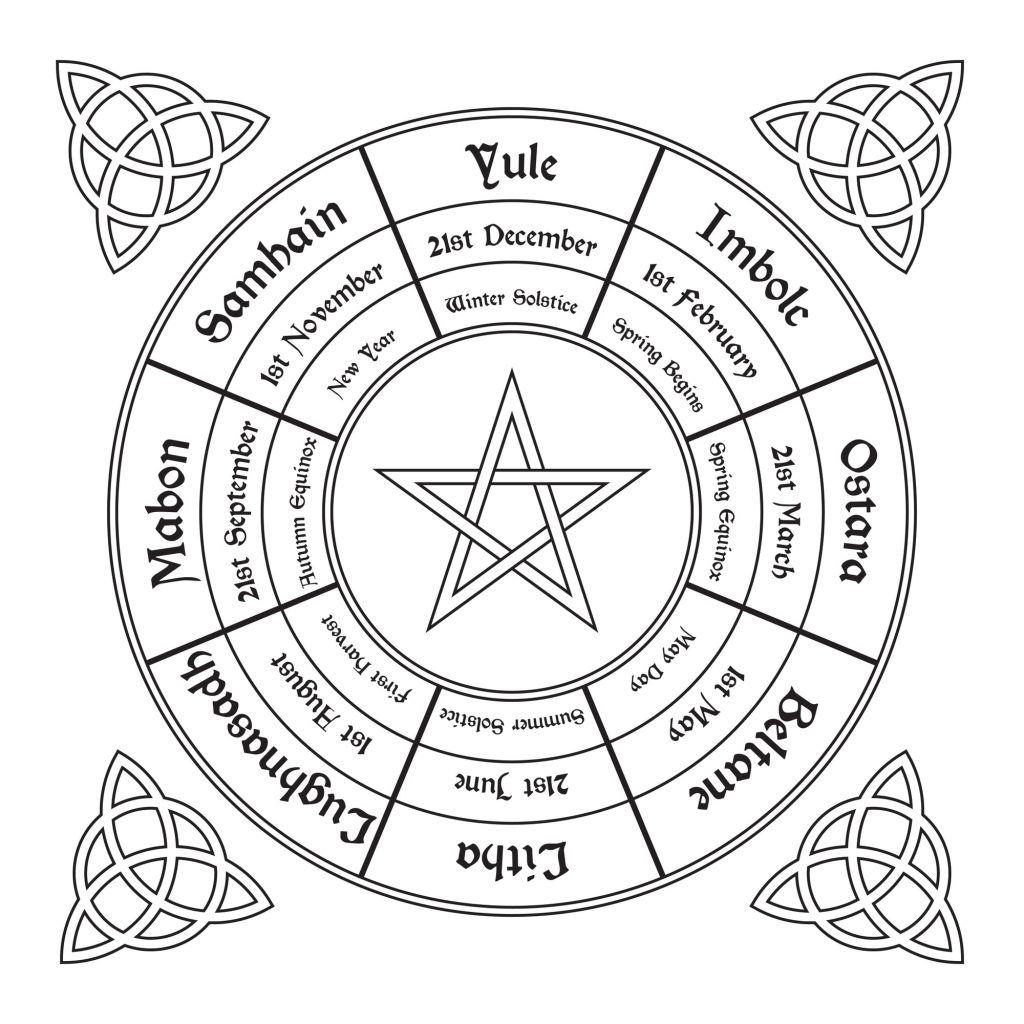
In embracing these symbols, we find a path to not only connect with the rich tapestry of traditions surrounding the Winter Solstice but also to rediscover our own inner strength and resilience.
As the earth slowly tilts back towards the sun, let us too tilt our faces to the light, carrying with us the wisdom and power of these ancient symbols into the new year and beyond. Let this Solstice be a time of celebration, reflection, and rebirth, as we stand together, women united, in the beautiful dance of life.

As we conclude our journey through the 20 magical symbols of the Winter Solstice, we find ourselves enriched with a tapestry of traditions and meanings that transcend time and culture. These symbols connect us to the enduring rhythms of nature and the cycle of the seasons. The Winter Solstice, marking the official start of winter, serves as a profound reminder of the continuity of life, from the evergreen shrub thriving in the cold to the hopeful return of longer daylight hours after the longest night.
Each symbol, from the mystical white berries of mistletoe to the noble evergreen trees, carries with it the legacy of different cultures and ancient times, inviting us to find our own place within this enduring cycle.

As we move forward into the coming year, let us carry with us the lessons and inspirations from these symbols as we navigate the season of winter and anticipate the rejuvenating warmth of the spring equinox. But also know that each day brings us closer to renewal and growth. May this time of Yule be a source of joy, reflection, and connection for us all.
More Symbolism
If you’re fascinated by symbols and their meanings, we have tonnes more for you to explore here at On Your Journey
- The Deep Symbolic and Spiritual Meaning of Succulents
- 25 Powerful Symbols of Letting Go
- 26 Beautiful Flowers with Meanings of Self Love
- 33 Inspirational Symbols of Healing in Nature
- 16 Powerful Celtic Symbols for Self Love
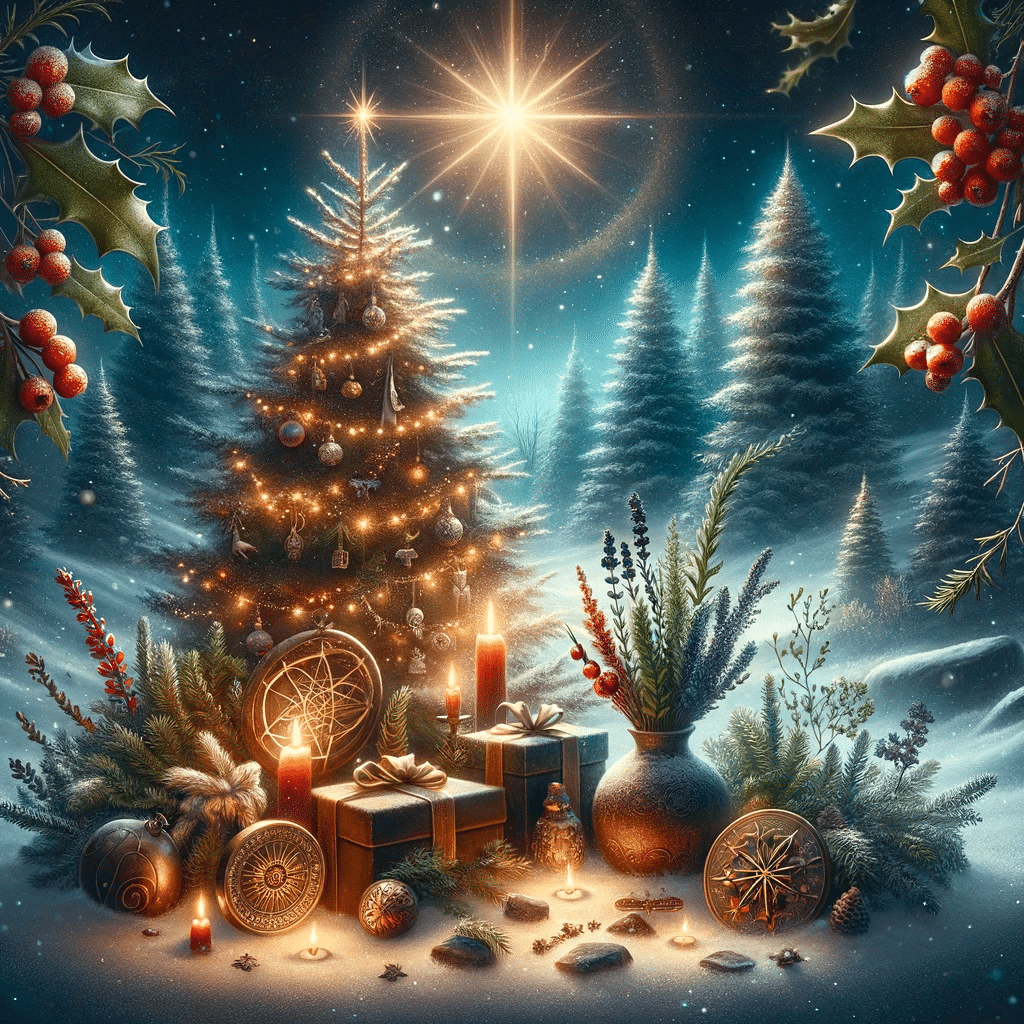
Anna is a Wales-based writer and graduate from SOAS University of London.
As the voice behind On Your Journey, she empowers women to embrace holistic well-being and spiritual growth through her expert insights into wellness and symbolism.
When she isn't writing thought-provoking articles, you'll find her busy crafting and raising her 4 children.
1 thought on “20 Magical Symbols of Winter Solstice ”